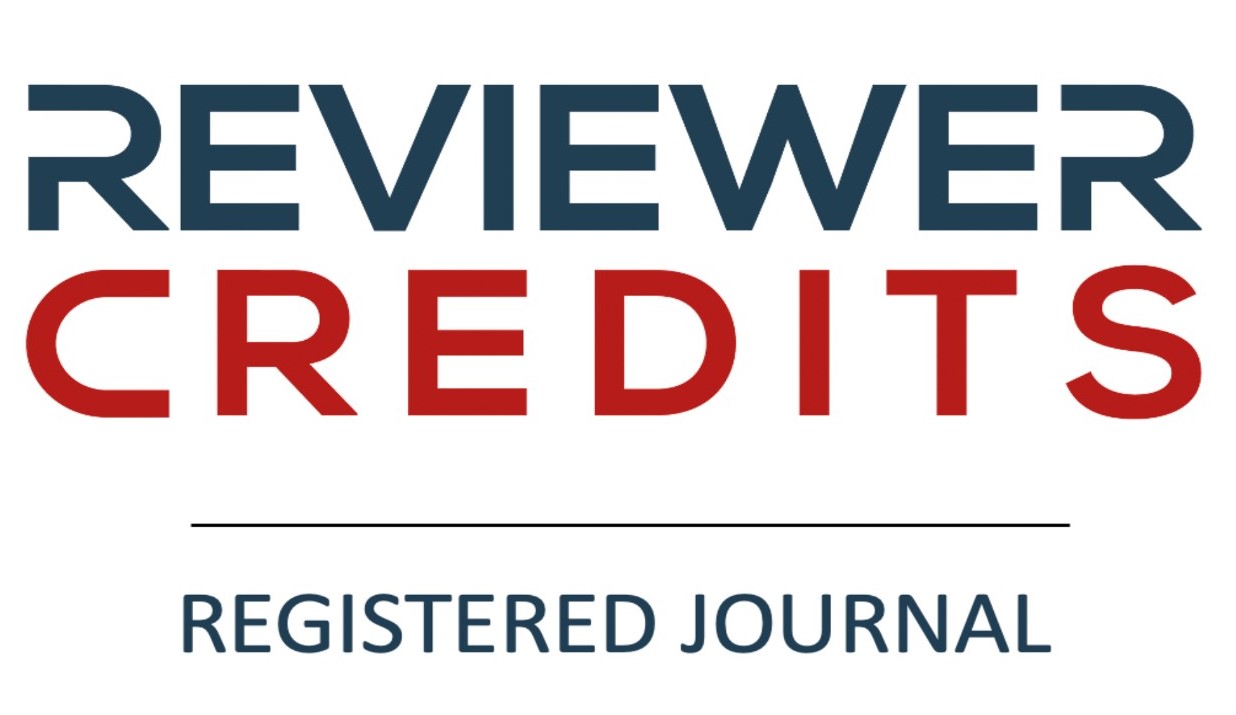GROUP PARTICIPATION IN INTEGRATED PEST CONTROL THROUGH THE ULTILIZATION OF TRICHOGRAMMA SP IN RICE BUSINESS IN SAMARANG DISTRICT, GARUT REGENCY
PARTISIPASI KELOMPOKTANI TERHADAP PENGENDALIAN HAMA TERPADU MELALUI PEMANFAATAN Trichogramma sp PADA USAHATANI PADI DI KECAMATAN SAMARANG KABUPATEN GARUT
Abstract
One way to reduce the negative impact of pesticide use on rice plants is to carry out integrated pest control. As for pest control efforts that can be done is to utilize physical plant-disturbing organisms, namely natural enemies. This study was conducted to determine the level of farmer group participation in integrated pest control through the use of Trichogramma sp in rice farming, analyze the characteristics, external factors and IPM principles on the level of group participation in integrated pest control through the use of Trichogramma sp in rice plants and develop an extension strategy to increase participation. farmers. Based on the results of research from 68 respondents that the participation rate of farmer groups at the planning stage was 51.5% (medium), the implementation stage was 64.7% (medium) at the evaluation stage was 63.2% (medium). Factors that partially influence participation are length of farming (0.021), institutional role (0.032), social and cultural environment (0.000), utilization of natural enemies (0.001), routine monitoring (0.000), and farmers as IPM experts ( 0.037). Based on the high value beta coefficient taken from indicators that have a significant effect on the participation variable, a strategy is formulated to increase farmer group participation through strengthening the social and cultural environment, strengthening the frequency of monitoring land and plants so that farmers know the conditions and needs of these plants.
References
[BPP] Balai Penyuluhan Pertanian Kecamatan Samarang. 2019. Programa Kecamatan Samarang: Dinas Pertanian Perkebunan dan Kehutanan Kabupaten Garut.
[BPP] Balai Penyuluhan Pertanian Kecamatan Samarang. 2020. Programa Kecamatan Samarang: Dinas Pertanian Perkebunan dan Kehutanan Kabupaten Garut.
[BPS] Badan Pusat Statistik. 2019. Garut dalam Angka. Kabupaten Garut: BPS Kabupaten Garut
[BPS] Badan Pusat Statistik. 2020. Garut dalam Angka. Kabupaten Garut: BPS Kabupaten Garut.
[BPOPT] Balai Penyluhan Organisme Pengganggu Tumbuhan Tanaman. 2020. Pemanfaatan Musuh Alami.Karawang:BPOPT Kabupaten Karawang.
Anwarudin O, Sumardjo S, Satria A, Fatchiya A. 2020. Peranan Penyuluh Pertanian dalam Mendukung Keberlanjutan Agribisnis Petani Muda di Kabupaten Majalengka. Jurnal Agribisnis Terpadu.Vol 13 No. 1 Juni 2020:17-36
Dayat, Anwarudin O. 2020.Faktor-Faktor yang Penentu Partisipasi Petani dalam Penyuluhan Pertanian Era Otonomi Daerah di Kabupaten Bogor. Jurnal Agribisnis Terpadu. Vol. 13 No. 2 Desember 2020:167-186. ISSN 2549-0060.
Effendy L, Tassim MB, Darmawan D. 2017. Perilaku Petani terhadap Pengendalian Hama Terpadu pada Budidaya Padi di Kecamatan Cikedung. Jurnal Inovasi Pertanian Vol 1 No 3 Agustus.
Helmi Z, Haryanto Y, Anwarudin O, Trisnasari W. 2019. Paradigma Penyuluhan di Era Teknologi Informasi 1.ed. Makassar: Tohar.
Rivai, Rudy S, Iwan S. Anugrah. 2011. Konsep dan Implementasi Pembangunan Pertanian berkelanjutan di Indonesia. Pusat Sosial Ekonomi dan Kebijakan Pertanian: Bogor.
Sugiyono. 2018. Metode Penelitian Kuantitatif, Kualitatif dan Kombinasi (Mixed Methods)
Copyright (c) 2022 Jurnal Penyuluhan Pertanian

This work is licensed under a Creative Commons Attribution-NonCommercial-ShareAlike 4.0 International License.
Authors who publish with this journal agree to the following terms:
1. Copyright on any article is retained by the author(s).
2. The author grants the journal, right of first publication with the work simultaneously licensed under a Creative Commons Attribution License that allows others to share the work with an acknowledgment of the works authorship and initial publication in this journal.
3. Authors are able to enter into separate, additional contractual arrangements for the non-exclusive distribution of the journals published version of the work (e.g., post it to an institutional repository or publish it in a book), with an acknowledgment of its initial publication in this journal.
4. Authors are permitted and encouraged to post their work online (e.g., in institutional repositories or on their website) prior to and during the submission process, as it can lead to productive exchanges, as well as earlier and greater citation of published work.
5. The article and any associated published material is distributed under the Creative Commons Attribution-ShareAlike 4.0 International License









